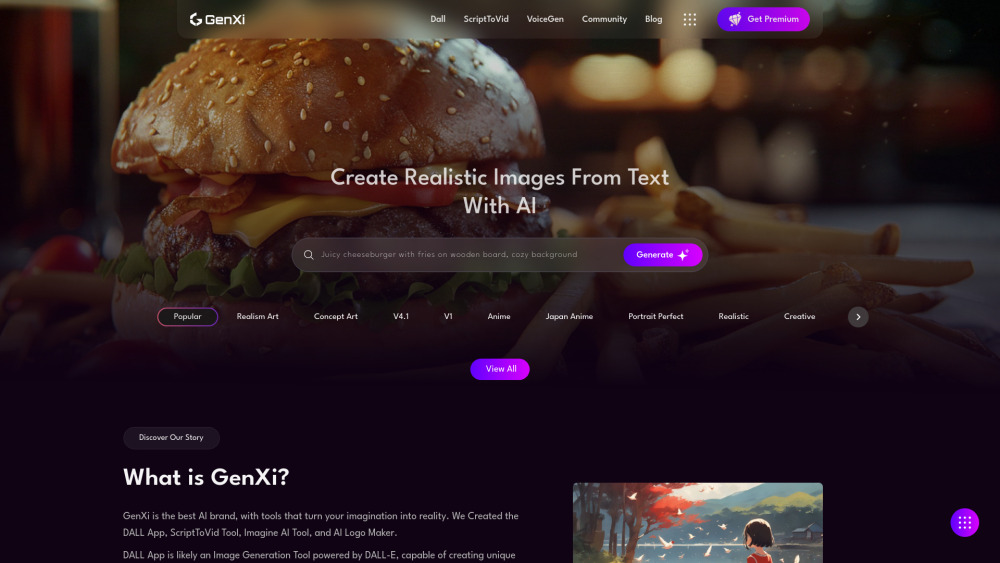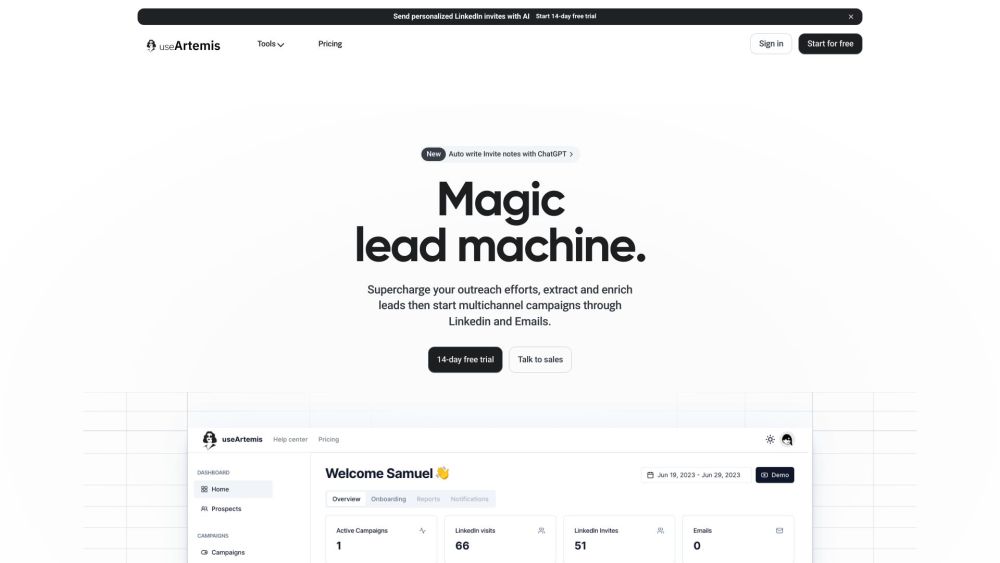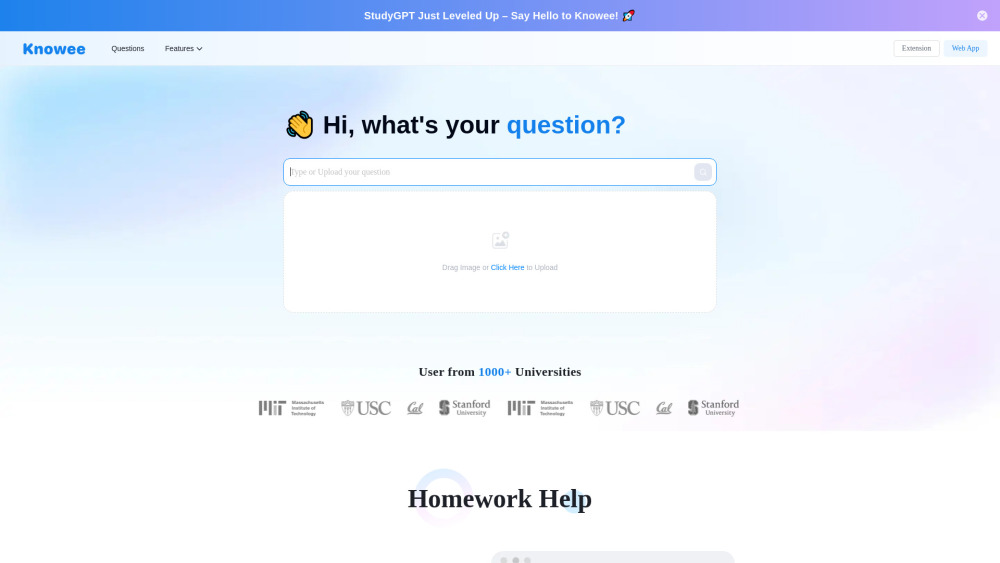SAP Embraces the Age of AI
At the recent TechEd conference in Bengaluru, India, SAP reaffirmed its commitment to artificial intelligence, unveiling a suite of innovative tools designed to enhance developer productivity and enable the creation of custom AI-powered applications.
In a media interview, JG Chirapurath, SAP’s Chief Solutions and Marketing Officer, outlined three ways customers will experience AI with SAP:
1. Integration of AI into applications.
2. Introduction of Joule, an assistive copilot for various tasks.
3. Empowerment for customers to create their own AI use cases.
Chirapurath also announced plans for a proprietary foundation model to meet the growing demand for generative AI applications across various industries.
Enhancements to SAP’s Business Technology Platform
SAP’s Business Technology Platform (BTP) remains instrumental in driving cloud-based business applications. It integrates application development, data analytics, automation, and AI into a single cohesive environment.
Last year, SAP advanced BTP with Build solutions, offering low-code, drag-and-drop functionalities for web and mobile app development. This year, the introduction of Build Code enhances these capabilities by leveraging AI to generate code, data models, business logic, and test scripts for Java and JavaScript applications.
Chirapurath explained, “This solution unifies Java and JavaScript development within the SAP ecosystem, allowing developers to reuse code snippets and ensuring interoperability with the ABAP (Advanced Business Application Programming) environment for side-by-side development.” The technology, set to be widely available in Q1 2024, is expected to boost developer productivity by 40-60%.
Custom AI Applications and Vector Database Capabilities
Beyond Build Code, SAP is enabling developers to create tailored AI-powered applications for specific business needs. The introduction of vector database capabilities within HANA Cloud allows contextual business data—such as PDFs, images, and documents—to be stored in vector format, facilitating efficient search and discovery for AI training. This process alleviates the cost and challenges associated with maintaining a separate database solely for data cleaning and preparation.
Chirapurath stated, “Our goal with HANA Cloud remains to provide all necessary features at the price of one database, which is why we call it multimodal.”
Through AI Foundation, enterprises utilizing SAP BTP can access HANA Cloud’s vector capabilities to develop generative AI applications without relying solely on existing SAP offerings. This flexibility empowers organizations to create unique AI use cases using contextual data.
Development of a Proprietary Foundation Model
Currently, SAP offers multiple general-purpose models from partners including OpenAI, Anthropic, and Meta, alongside its own multi-LLM-powered solution, Joule, launched last month. To further refine its AI capabilities, SAP is planning the introduction of its own foundation model, tailored to leverage its unique data and contexts.
Chirapurath expressed, “This model will understand business processes and context, giving enterprises a quicker start. While perfection is unattainable, our target is to achieve at least 80-85% accuracy.”
While a specific launch date for this model is not confirmed, SAP aims to deliver it as soon as possible. Importantly, the company will continue its partner-first approach in AI development, evaluating investments or acquisitions only when strategically essential.
Commitment to AI Compliance and Ethics
As SAP advances its AI offerings, including the upcoming proprietary model, the company is devoted to adhering to emerging safety and security standards as outlined in the recent executive order by President Biden.
Chirapurath emphasized the importance of ethics and compliance, stating, “We maintain an ethics board to ensure responsible AI use, and our legal team ensures alignment with regulatory standards. Our commitment is to alleviate compliance burdens for our customers, recognizing our responsibilities beyond geographical boundaries.”




